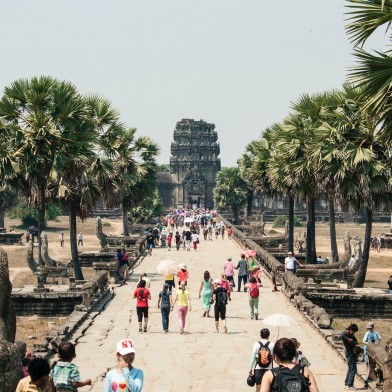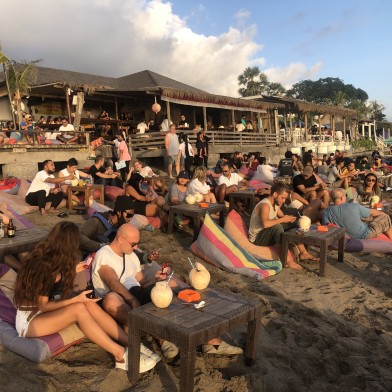Endemic is not a word you tend to hear today. Rewind twelve months, and it was hard to avoid throughout South East Asia. Politicians talked frequently about “a transition to endemic.” With target vaccination rates achieved, Omicron infection curves falling and economies under pressure, governments prepared their citizens to “live with Covid.” This was a prerequisite to restore international mobility after two years of airtight restrictions on travel.
One year ago, on 1 April 2022, the borders fully reopened in Singapore, Malaysia, Indonesia and the Philippines as quarantine mandates were removed. Cambodia and Vietnam had recently reopened. Thailand, although open for tourism since November 2021, still required a lengthy online visa application, a Covid test on arrival and a one-night stay in an assigned hotel until a clear test result was confirmed. Laos would reopen in early May.
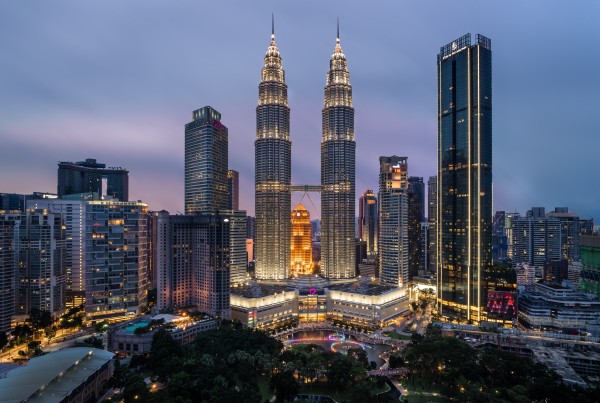
Malaysia was one of the first Southeast Asian countries to reopen to tourists. Photo by Esmonde Yong on Unsplash
It marked an important milestone for a region that had battled to resurrect travel activity via risk-averse travel bubbles, vaccinated travel lanes and sandboxes. Residual restrictions remained in place, such as pre-departure tests, masking and showing a vaccine certificate, but these would soon be phased out. While South East Asia unlocked its airport gates, North East Asia remained shut. Japan, Hong Kong and Taiwan wouldn’t drop their travel restrictions until October, and China would wait until 8 January 2023 to reopen.
One year after South East Asian flyers took to the skies once more, the anniversary passed unnoticed. Travellers tend to look forward. The travel industry’s eye are focused further in the past. Restoring visitor arrivals parity with pre-pandemic 2019 is the primary objective.
A more worrying development also explains the muted celebrations. Dry season has arrived in mainland South East Asia. With it comes farmland and plantation burning on a huge scale to facilitate agricultural renewal. The unwanted outcome is acrid smoky air hanging over the region. On Saturday 1 April, parts of Thailand, Cambodia, Laos, Myanmar and Vietnam experienced air quality deemed unhealthy. Although the rainy season continues in Malaysia and Indonesia, a smoky drift from the north can be seen and smelt in the mornings in Kuala Lumpur. Once dry season commences, daily life in both countries and Singapore is likely to be impacted by the “transboundary haze” – perhaps for several weeks or even months.
Toxic smoke clouds are causing concern for the tourism industry just as it starts to recover. Last weekend, authorities in Chiang Mai, a popular tourism destination in Thailand, handed out face masks to locals to protect them from breathing airborne particulates. April is a vibrant month for cultural celebrations that attract tourists. After three years of Covid gloom, hopes were high for tourist-friendly Songkran reveries in Thailand, Khmer New Year in Cambodia and Eid al-Fitr festivities across the region. If the burning continues, it could spark booking cancellations for China’s five-day May Golden Week, starting on 29 April, which South East Asian nations are hoping will kick-start the return of Chinese tourists in larger numbers.
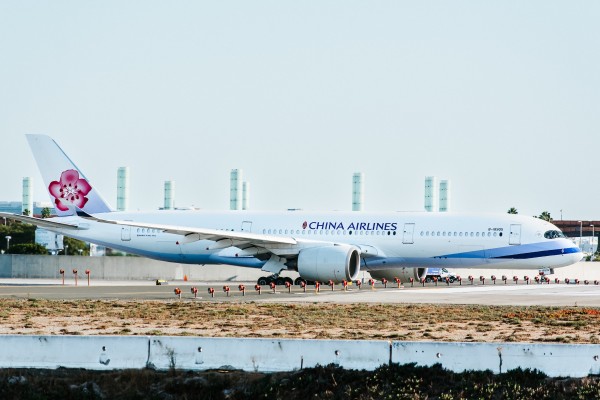
China is a key source of tourists for many Southeast Asian countries. Photo by Lukas Souza on Unsplash
Air quality issues are clouding a buoyant first quarter for travel and tourism in the region. After a slow start last April, air passenger numbers and visitor arrivals increased notably in the final months of 2022, and 2023 began positively. Airlines are restoring flight routes and frequencies, and airport are busier and customs lines noticeably longer. The travel buzz is definitely back although tourist volumes remain well below the record 2019 levels.
Airline seat capacity in South East Asia in March was 20 percent lower than the same month in 2019. Domestic air capacity is recovering fastest, down just 13 percent from March 2019, while international air capacity remained 31 percent lower, according to OAG. The scaling up of outbound travel activity from China, which began its vastly expanded summer schedules for airlines at the weekend, will bolster South East Asia’s airport traffic over the coming months.
Competition among destinations to attract tourists is being fiercely fought. Increasing travel activity in 2023 from Asia Pacific countries is helping. In 2019, China was the top visitor market for the 10 countries of South East Asia, contributing 22.5 percent of all visitors. South Korea ranked 4th, Japan 7th, Australia 11th, Taiwan 15th and Hong Kong 23rd. Four of South East Asia’s top 10 visitor markets were located within the region itself, Singapore (2nd), Malaysia (3rd), Thailand (5th) and Indonesia (6th). All countries are now watching each other’s travel promotions assiduously and marketing hard to entice each country’s tourists.
Thailand, which is South East Asia’s most visited country, leads the way. In the first quarter of 2023, it welcomed 6.15 million visitors, more than half the 11.15 million that visited across the 2022 calendar year. The Tourism Council of Thailand forecasts 30 million visitors this year, which would represent a 75 percent recovery from 39.9 million in 2019. Vietnam greeted 2.7 million visitors from January to March this year, compared to 3.6 million in all of 2022. In the first two months of 2023, Singapore’s Changi International Airport handled more than one quarter of total passengers in 2022.
All of this is happening against a backdrop of high airfares, a situation unlikely to improve anytime soon. “I see airfares going higher and higher,” Shukor Yusof, CEO of Malaysia-based Endau Analytics, told The South East Asia Travel Show in March. “Airline capacities have not yet risen back to pre-pandemic levels to cater for the number of people travelling at the moment, and some carriers are not back to 100 percent in terms of putting planes back into their fleets.”
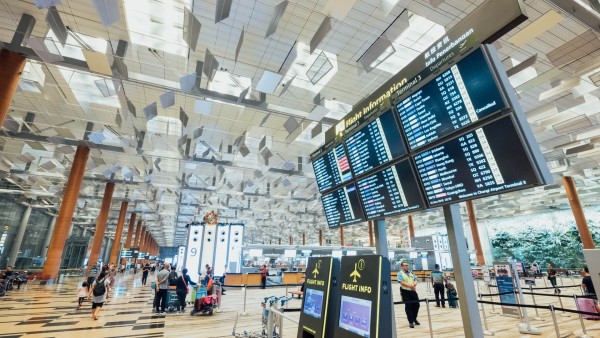
As tourism continues to grow across Southeast Asia after the pandemic, the high cost of travel is having an impact.
It's not all about air travel in 2023, though. South East Asian nations will invest heavily to expand rail infrastructure over the next decade, but two projects developed before the pandemic offer exciting travel possibilities. The China-Laos railway, which connects the Chinese city of Kunming and the Lao capital Vientiane is scheduled to commence cross-border trips later this month. The railway opened in December 2021, but offered journeys only within the stunning landscapes of Laos while China’s borders were closed.
Also highly anticipated is South East Asia’s first high-speed railway, slated to launch in July. Part-financed and built by Chinese rail technology and contracting firms, the 142km line connects Indonesia’s capital Jakarta and its third-largest city Bandung. Manufactured in the Chinese city of Qingdao, the high-speed trains will travel at up to 350kpm, can withstand earthquakes and feature a livery inspired by Indonesian Komodo dragons. The launch will create a great deal of tourism interest and, most likely, clarification about plans to extend the high-speed railway from Jakarta to Surabaya. “This will be a ground-breaking moment in the history of rail travel in South East Asia,” says James Clark, Editor of the Future South East Asia newsletter.
- Asia Media Centre
